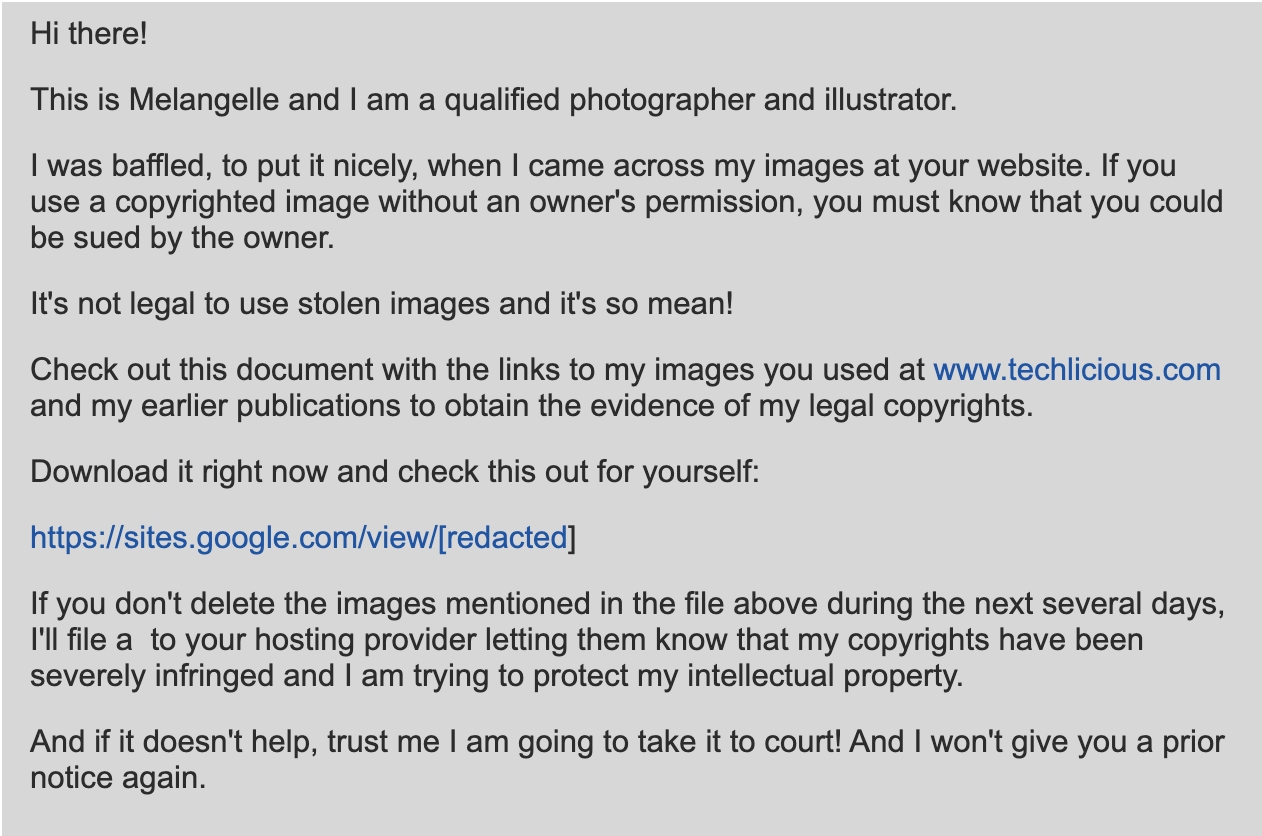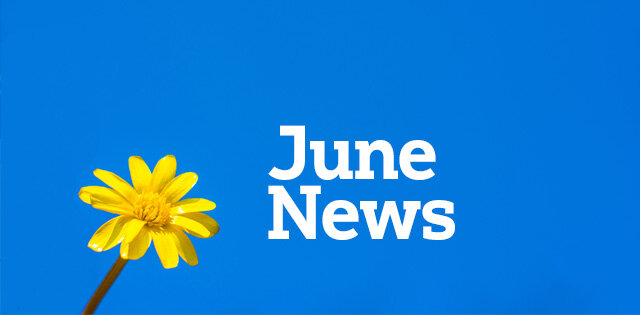Half a life

Sometimes, a statistic burrows into your brain and won’t let go.
Case in point: I recently read that Americans will spend 30 percent of their lives working. Plus, in the 70 percent of the time we don’t work, we spend another 25 percent thinking or worrying about work. That’s a total of 55 percent—more than half—of our lives dedicated to work-related matters.
Since I read that, I’ve probably spent at least 25 percent of my time musing on the fact that if I’m a typical American male, my life expectancy is 76.1 years—which means that 41.9 years of my life span will have been dedicated to work instead of to my family, friends or other personally meaningful activities.
Is that what I want to look back on when I eventually cross over into the Great Beyond? Not a chance. And that’s coming from someone who loves his job.
It takes a lot to snap us humans out of our comfort zone. But for many of us, the past year-plus has served as a wake-up call to make the changes we’ve only dreamed of until now.
I can’t tell you whether now is the right time to make that move to Tahiti. (Although if you need a traveling companion…) However, I can pass along some questions to ask yourself, based on feedback from the cultures of our Rightworks Academy member firms, on how to make the post-COVID evolution of work more than just a way to get to the weekend.
Do you work on purpose, or has work become your purpose?
Someday, I’ll create a bumper sticker that says, “Don’t be part of the work-zombie apocalypse: #WorkOnPurpose” because we should—and can—be as intentional at work as we are in our personal lives. We should—and can—choose to work, not just show up because it’s Tuesday. Not all days can be perfect, but they can be what you make them by reminding yourself to:
Be present—Meditation apps (e.g., Calm, Headspace, 10 Percent Happier) are a good way to mindfully start your day. Once you’re in your car, always pay attention to safety, but when you’re stopped a light or stuck in traffic jams, take a moment to really see what’s on the side of the road, or up in the sky. Roll down the window and hear the sounds of the world around you. At work, engage with your coworkers—give input, defend a process you believe in, share ideas, share lunch. Be present when you’re there and go home knowing you made an impact that day.
Maintain perspective—Work is important, but so is your life. Since no one else can take on the responsibility of making sure you love your life, it’s up to you. If your family comes first, put them first. You can catch up on work after a day off, but you can never catch up on a missed kindergarten graduation. If your priority is finishing your degree, work with your managers and teammates to be sure you have the time you need—and when the time comes and you’ve met your goal, pay it forward to help others who are prioritizing their own goals.
Stay connected—People matter more than tasks. Even virtually, we’re at our best when we connect. For example, the women on our education team, who live in different areas across the country, hold a virtual get-together every Friday morning. It’s not about work, it’s about personal connections. Over a morning beverage, they talk about what’s going on in their lives while spouses, kids and pets pop in and out of the Zoom room. It’s a highlight of the week, keeps energy levels high and maintains that vital sense of connection until the next get-together.
Do you settle for boring?
Another bumper sticker I’d love to create: “Life’s too short to settle for boring.” Now, I admit that can be easier to do in your personal life than at work, where someone else is usually in control. But that doesn’t mean the solution is to retire or get a new job. A more viable solution might be to challenge yourself, rather than your environment. Ways to do this include:
Discover why you’re bored—Whether you’re the CEO or the front-desk receptionist, if you’re in one place or position for too long things can get stale. If you need something to occupy your mind, take a little time to objectively analyze why you’re bored in the first place, and what could make it more interesting. Is it the job itself? Is there something else you really want to do? Is something or someone holding you back from making a change? What specific changes would make your job more interesting? Are they things you can start pursuing now?
Find ways to grow professionally—Once you understand what could improve your situation, don’t wait for things to happen. Challenge yourself to make them happen. Not every opportunity to grow involves training or schooling; it could be as simple as “gamifying” your own production goals (with rewards when you reach them), approaching your fellow team members to see if there’s a way you can relieve them of tasks or, if you’re a firm leader, passing along your knowledge by mentoring a newer staff member or volunteering at a local college or business organization.
Set boundaries between work and life—This is especially important as more and more firms go remote. Occasional overtime is inevitable, especially during tax season, but it’s all too easy for work hours to bleed into off-work hours. And that leads to overlong days and ultimately, burnout, which can also cause you to disengage from your job. That’s why it’s important to delineate the end of the workday and the beginning of your own time—and to respect and stick with those boundaries. Your loved ones, your teammates, your health and your sanity will thank you.
Are you making your dent?
There’s one more bumper sticker slogan I’d like to see (this one courtesy of the late Steve Jobs): “Make a dent in the universe.” Many interpret it as inspiration to live a purpose-filled life, but according to his wife, Laurene Powell Jobs, it’s more about believing you have the ability to change a situation. And three ways you can be sure to do that are:
Engage—Sometimes, it’s easier to just do something someone orders you to do, exactly the way they want it done. But what if you’re positive there’s a better way? That’s the time to engage—not confrontationally, not with a sense of superiority, but with facts and a discussion between equals. If you present a persuasive, logical argument you could be saving an unknown number of people down the line an enormous amount of time and frustration. Even if you can’t change the outcome, there’s a satisfaction in knowing you at least tried to change the situation.
Energize—Positive energy is contagious. Unfortunately, so is negative energy. Have you ever been in a group where everyone’s chatting and interacting with enjoyment and enthusiasm? That is, until the resident Debbie/Denny Downer joins the group and everyone goes quiet, waiting for the accompanying dark cloud to take over the room. This is the perfect time to make another dent in the universe by countering the negativity with excitement and optimism—thereby changing the situation for everyone. (And maybe even for Debbie/Denny!)
Empower—Actor Brian Tyree Henry once said, “Sometimes, you need someone to believe in you when you don’t believe in yourself.” A splendid way to make yet another dent in the universe is to be that someone—the person who gives encouragement and whatever power you have to your coworkers or employees. It creates a ripple of confidence and inspiration that can radiate outward in unexpected and wonderful ways as the people you empower pay your belief in them forward to others who are struggling to believe in themselves.
Wrapping it up
I’m going to leave you with three great quotes about living your life only halfway:
- “Facing your fears and living a life that’s free is easy. Spending the rest of your days living half a life is hard.” —Eric Worre, author
- “I spend half my time just living my life, and the other half analyzing it.” —David Schwimmer, actor and author
- “Learning to earn a living is only half the job. The other half is to make life worthwhile and meaningful.” —Sai Baba, author
We’re all at the post-COVID crossroads right now. And whether we’re looking for back to normal, a new normal or our next normal, we have the opportunity to reinvent ourselves in a world that, like us, needs to figure out exactly what “normal” can be.
So, I hope that when you get to 76.1 years old (or 78.54 years old for the women reading this), you’ll look back fondly on a full, balanced life that you spent equitably on the people, occasions and work that meant the most to you—whatever that balance turns out to be.


Assessing your firm’s vital signs

“How do you know if you’re healthy?”
Answering that question may not be as easy as you think. Even though there are many ways to assess your health (regularly scheduled check-ups, follow-up tests and doctor’s feedback among them), our health is an evolution—a never-ending process and an ongoing effort.
Now, let’s move into the realm of your firm and ask: “How do you know if your firm culture is healthy?”
Another question without an easy or straightforward answer. But as we spent time this month working on our culture initiative at Rightworks, we had an interesting realization: There are actually parallels between personal health and the health of a firm or business culture.
What are the parallels? Well, assessing the health of anything—a human, an animal or a business—requires an analysis of vital signs, right? So we separated these vital signs into two buckets: Signs of life and warning signs. Here’s what we came up with:
Signs of life
- The team talks about “What WE do best.”
- Team members openly share and don’t feel insecure about their jobs.
- Leaders admit mistakes and defer to staff.
- There’s talking and healthy communication.
- The firm has a full calendar of internal events and firm retreats.
- You regularly hear laughter and people having fun.
Warning signs
- Team members blame each other.
- Staff work independently and don’t value their teammates’ work or skill sets.
- Team members don’t care enough to speak up.
- The environment is sullen, bored and/or stressed.
- There are no internal meetings or events planned.
- The office is silent, as people regularly walk by each other without talking.
Does your firm display more signs of life than warning signs, or is it the other way around? Either way, identify any areas that need improvement. Then, it’s time to get feedback from your staff. Methods you can use include:
- Consider sending out an employee survey that can be answered anonymously.
- Rightworks Academy members can download the Employee Engagement and Firm Culture Survey tool (login required) from the Rightworks Academy resource center.
- If you’re not a Rightworks Academy member, you can sign up for Survey Monkey. Their free version will give you sufficient functionality for this survey.
- Give staff a week to complete their surveys.
- Discuss the results with your Rightworks Academy coach to help you interpret the results.
Assessing your firm’s health is the first step in determining whether there’s work to do on your firm’s culture. If your firm exhibits both signs of life and warning signs, don’t panic—it doesn’t mean your firm culture is on life support. Just as with the human body, a firm culture’s health is an evolution. That means some years it will be bursting with health, while in other years it may require more effort to diagnose and cure any health issues.
But as long as you keep an eye on the vital signs and stay in touch with your doctor—er, Rightworks coach—your firm culture has every prospect of staying healthy, and keeping your staff and clients happy, for years to come.


Copyfraud spreads ransomware through web forms

Ransomware continues to be on the rise. One tactic we’ve encountered more frequently in recent months is a notice that routes through a website submission form. The text is cleverly crafted to sound very folksy, to give the impression that a real person with a genuine complaint is on the sending end. Here’s an example:

This is called copyfraud. Per Wikipedia, a copyfraud is a false copyright claim by an individual or institution with respect to content that is in the public domain.
There have been reports of people falling victim to this tactic. These messages most often route into someone’s inbox, where users click through links habitually without proper scrutiny or caution.
While awareness is a great way to combat the scam, there are a few best practices that can be developed to avoid falling victim to any malicious message that routes in through a web submission form.
- Use a reCAPTCHA code. These codes were developed by Google and use advanced risk analysis to combat bot submissions on forms. While generally effective at preventing spam, keep in mind that nothing is foolproof, and these kinds of messages may still get through.
- Make sure your web services company uses a service like Adobe Shutterstock to properly license images. The early days of the internet were like the Wild West. If a web developer saw an image they liked on another site, they simply grabbed it and used it. Those days are long gone, and all images should be either owned by the site owner or licensed through a credible service.
- Don’t send your web submissions to email. Instead, use a system that accepts all web form submissions into a portal, where they can then be reviewed, rejected or accepted.
The Rightworks ClientView and Web platforms cover these things for you. The two systems are tightly integrated so that all submissions can be tracked from initial intake through your sales/opportunity process to an active client. Routing messages into a portal this way places actioning into a different system. While the notice will still hit the users’ inboxes, users can be better trained to not take action on the email, but instead to archive the email notice, then process those inquiries within the system.

Following these three guidelines will ensure that if you do encounter a message like the above, it can be immediately identified for what it is: a phishing attempt and a security threat.


A marketing culture

Living your brand and inspiring others to do the same
Marketing and culture are two aspects of your firm that are seldom mentioned in the same breath—and some firm owners may even have the distorted view that the two are diametrically opposed to one another. (i.e. “Culture is who we are, but marketing is something that we have to do.”) But culture and marketing go hand-in-hand in a couple of very important ways, and when you understand how, you’ll discover something clarifying and powerful.
What is a marketing culture?
Creating a marketing culture doesn’t mean turning every one of your staff into salespeople (although, at some level, everyone in the organization contributes to attracting and retaining ideal clients) or forcing a high-pressure sales environment. A marketing culture exists when your partners and employees are emotionally invested in your firm and your brand—so much so that they become a living reflection of your core values, animating those concepts with their actions and behaviors every day. As I used to explain it to my marketing students at Indiana University, it’s about “living the brand.”
Touchpoints
Living the brand means taking all of the words and ideas that make up your brand promise and organizational mission, vision and values and actuating them in all the circumstances of daily life and every point of interaction with colleagues, clients and prospects—your touchpoints. How many touchpoints can you identify? In surveys, consumers themselves have pointed out more than 100 unique points of interaction with brands, from the manner of dress and apparel of staff to the office decor and phone greeting.
Here’s a useful exercise: Make an inventory and assessment of all your firm’s touchpoints with existing and prospective clients. Gather your staff around the table and make it a group effort. List them all, and then ask the group, “How would we grade ourselves on each of these?” (You can adapt the Rightworks GPA model to do this.) And, “What experience are we creating for clients and/or prospects at each of these touchpoints?”
Why it matters
When you build a strong culture, you prepare fertile ground to grow a staff of brand champions—employees who are emotionally invested in the firm and truly care about its mission, vision and values and amplify those words and concepts with their actions. Those actions will contribute to attracting and retaining more ideal clients and ideal staff, as well.
Next issue: “Culture marketing: Sharing a peek behind the curtain”


Jackpot: How the Super-Rich Really Live—and How Their Wealth Harms Us All
by Michael Mechanic
The Basics of Bitcoins and Blockchains: An Introduction to Cryptocurrencies and the Technology that Powers Them
by Anthony Lewis
The Simple Faith of Mister Rogers: Spiritual Insights from the World’s Most Beloved Neighbor
by Amy Hollingsworth


What we’re working on
New Vendor Partner: Rewind!
Rewind is an industry-leading cloud backup and recovery tool that automatically backs up QuickBooks® Online client files.
You can find more information on their Rightworks.com page.
Rewind also has a special page for Rightworks Academy members on the Rewind.com website.
Upcoming webinars
- June 9 – Staff Training: Refining Your Firm’s Billing Strategy
- June 16 – Staff Training: Client Deliverables for a Modern Firm Part 1 – Strategy
- June 17 – Summer Technology Update Webinar
- June 23 – Staff Training: Client Deliverables for a Modern Firm Part 2
- June 29 – Onvio Series – Episode 1: Onvio Day-to-Day Use
- June 30 – Staff Training: Fostering Employee Engagement and Growth
Register via your Rightworks.com account under Resources > Events > Virtual Events.

